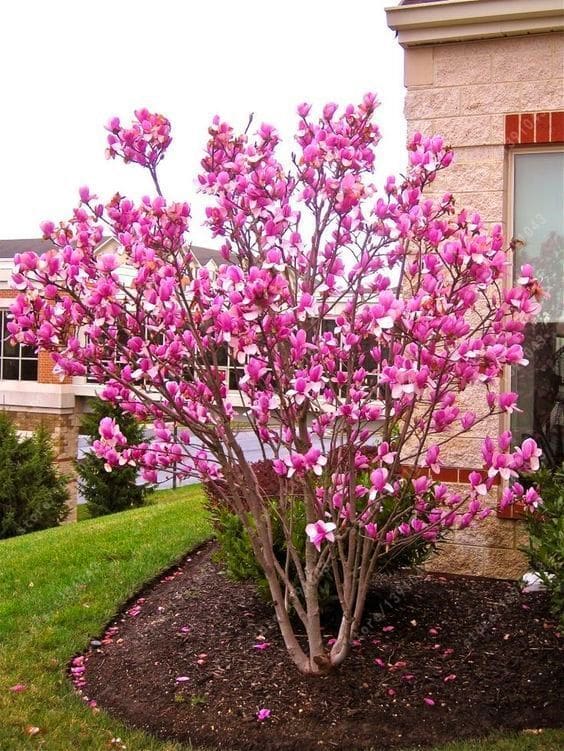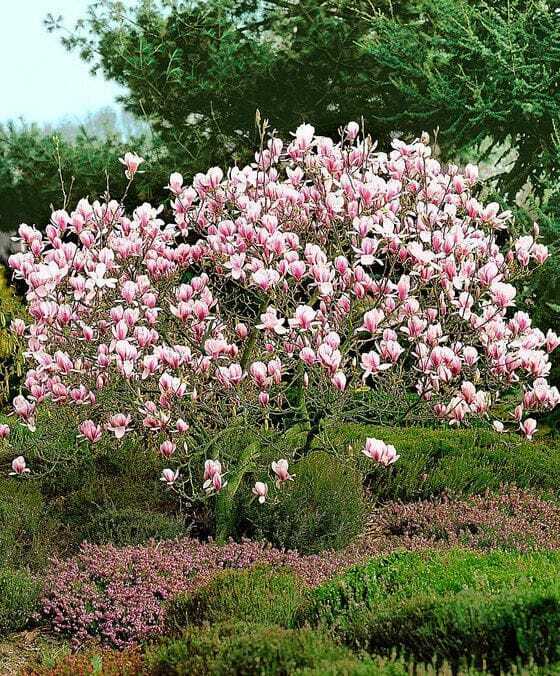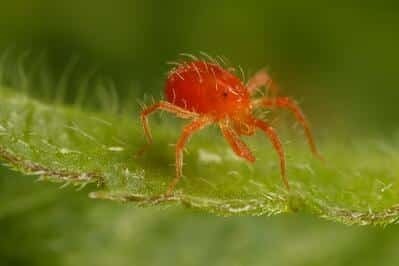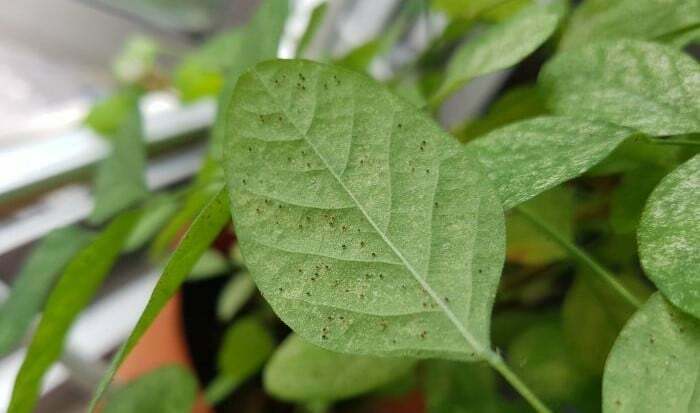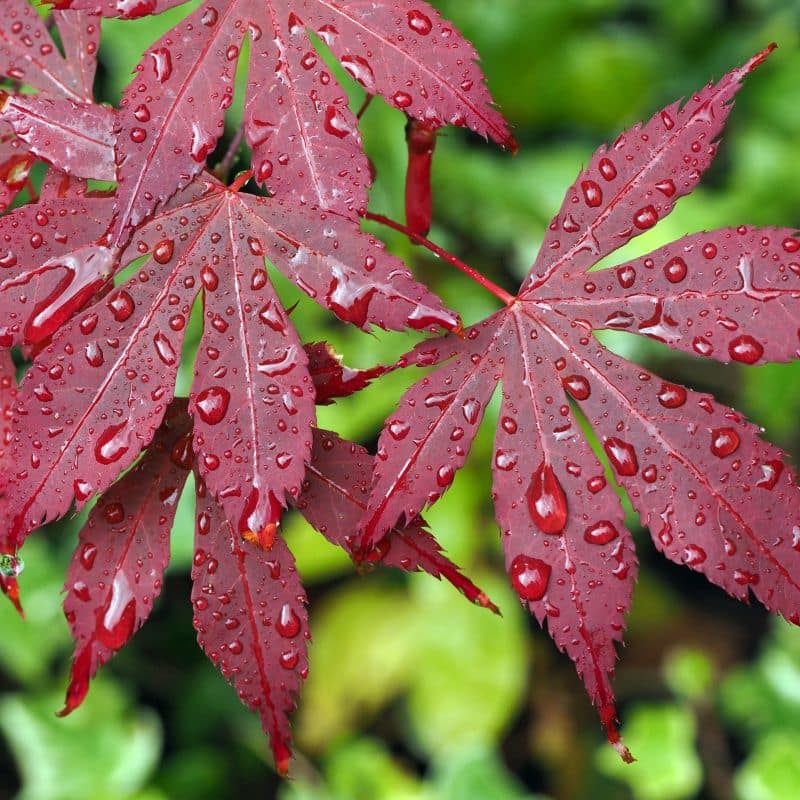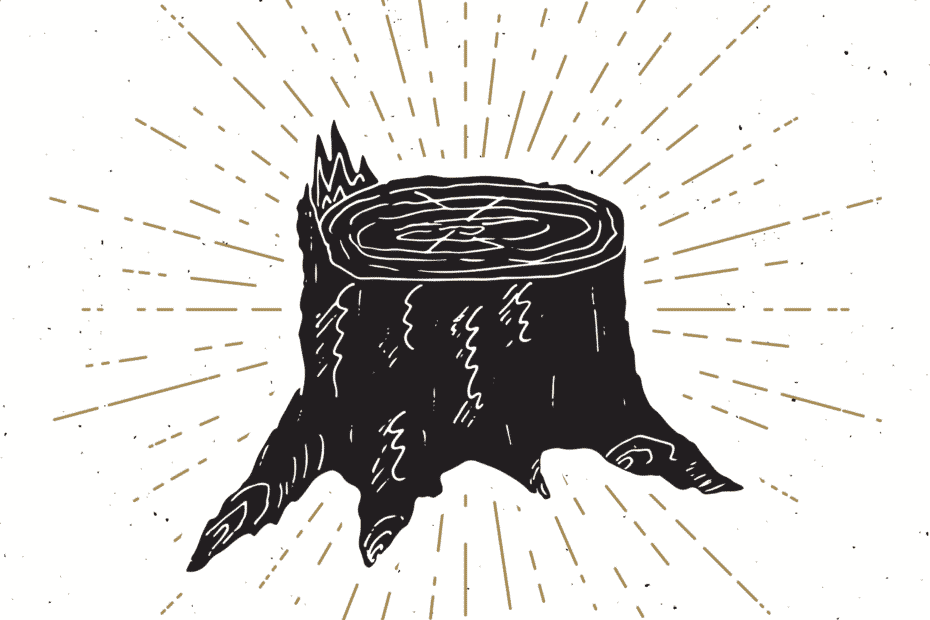
GENERAL INFO
The southern magnolia tree, or the magnolia Grandiflora, is a very fragrant and attractive evergreen tree. This tree is natively grown in the southern states of the United States from Virginia to Florida and a far westward as Arkansas and parts of Texas. In this article we are going to learn a little about this species of tree as a whole, as well as tips for planting and maintaining the tree to ensure that it has a long and healthy life.
The southern magnolia tree makes a wonderful addition to any type of landscape, but it is most often coveted for the beautiful large, white flowers it produces. They are very fragrant and add a soft touch to the “feel” of the garden. The flowers alone can grow up to twelve inches in diameter. The leaves can grow up to eight inches long and five inches wide and are often dark green on top and a yellow-orange color on the underside. They are stiff and glossy, which almost makes them appear like a high-quality false plant.
The southern magnolia can grow as tall as ninety feet, and in a few instances it has exceeded one hundred feet in height. They are often planted to add shade to a yard and it serves that purpose well!
PREPARE FOR PLANTING
The first thing to consider when planting your southern magnolia tree is where you want to plant it. Recall that these trees are very tall and can spread out to be as much as fifty feet in width. If you don’t have that kind of room in your garden, consider purchasing a dwarf breed of the magnolia that can reach a height of anywhere from two to nine feet—perfect for a smaller garden or one with a specific landscaping scheme. The area must also offer the southern magnolia at least partial sunlight, although full sunlight is best for this type of tree. The tree must receive a minimum of five hours of sunlight each day.
The soil requirements for the southern magnolia are not too difficult to meet, but certain conditions will cause your magnolia to thrive if you are willing to put forth the extra effort. The area should have good drainage to prevent the roots from rotting.
That being said, if you keep the soil moist—or live in a moist climate—the southern magnolia tree will thrive. If you want to give it your all, invest in a soil that falls into the pH range of four to seven. Magnolias are pretty tolerant of fluctuations in the weather, so don’t worry too much if you have a super rainy week followed by a hot/dry spell. If you live in a particularly dry area, you may want to make it a point to water your magnolia tree often.

To plant the tree, you will need to dig a hole that is twice as deep as the root ball as well as twice the width. Use the gardening spade to “turn” the soil. This not only allows you to remove rocks and weeds from the soil but it also loosens it so that the tree’s roots can easily spread through the soil. Spread about four inches of mulch over the bottom of the hole, and then hold the root ball in the center of the hole while you fill the surrounding area with the remaining soil. You want the top of the tree’s roots to be level with the ground, yet fully covered by the loosened soil.
Important things to consider
The next step is to secure the small tree. The support is necessary not only because of the loose soil, but also because the sapling can easily bend or snap on a windy day. Hammer the stake deep enough into the ground so that it doesn’t easily move with a “jiggle test”. Use a durable string to secure the sapling to the stake. When you have secured the tree, go ahead and add about four inches of mulch around the area of the tree. For this you can use pine straw or leaves. During the first three months the sapling will need about five gallons of water each week, but after that you only need to water it during drought weather.
Maintenance isn’t very difficult for a southern magnolia tree. Pruning while the tree is dormant will help it to achieve the nice, full look that is so appealing. Be sure that you do not prune it until after it has been leafless for at least a month. As mentioned before, you need only water during times of drought and need only be fertilized once or twice a year.
Once your little sapling begins to grow and sprout those first fragrant blooms, you will find that the planting process was worth the beauty that this tree can produce! With a little luck, you should be enjoying your magnolia tree for many years to come!
